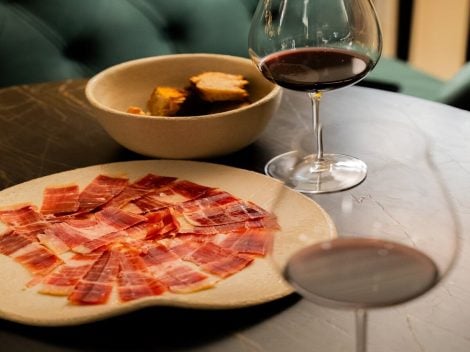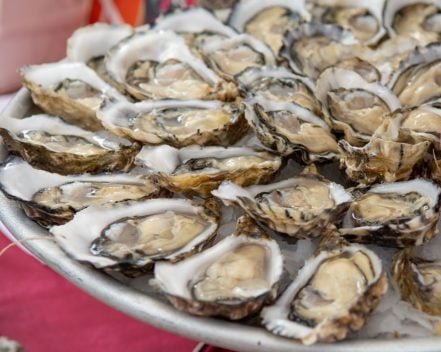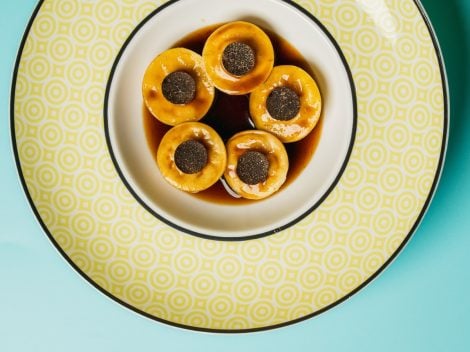by Vittorio Ferla
Saving soldier Nero d’Avola – and, consequently, the entire Sicilian wine sector – by adapting it to the challenges of the modern world, including the demand for lighter wines with lower alcohol content. Reduced to the basics, this seems to be the goal of the InnoNDA project, promoted by Assovini Sicilia, the lead organisation in the project, in collaboration with the University of Milan and the Isvea laboratories, and funded by the Sicilian Region under the PSR 2014-2022, presented this morning in Palermo during a press conference at Assovini Sicilia’s headquarters.
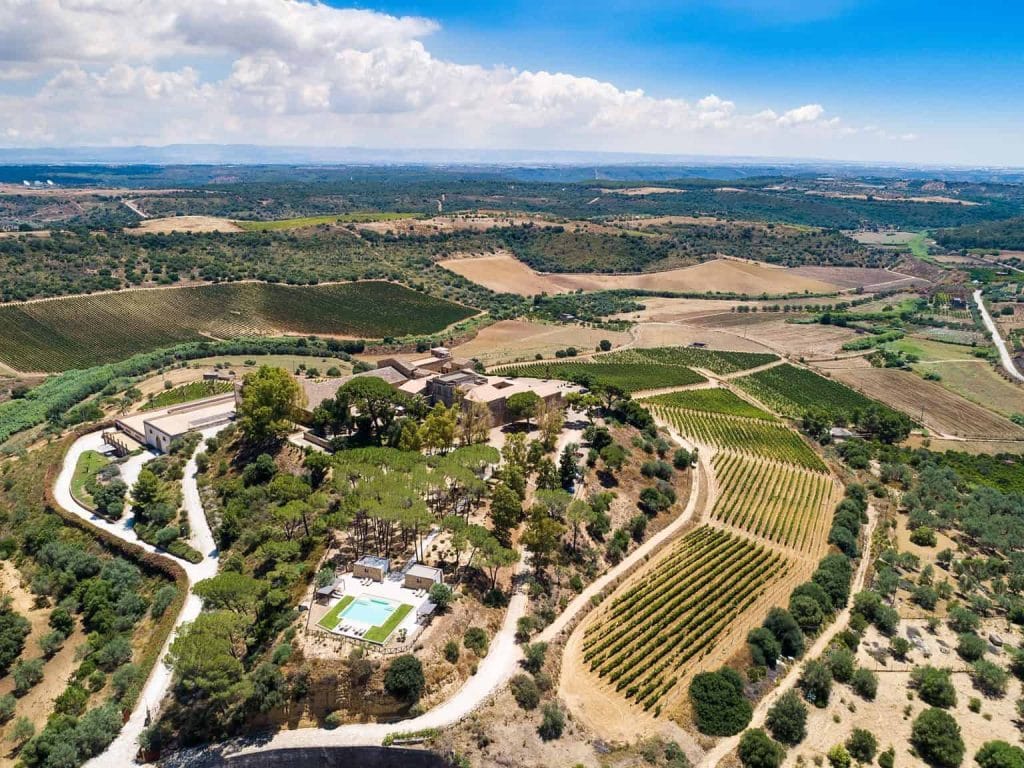
Feudi del Pisciotto
Low alcohol Vs climate change
The project’s primary aim is to address a paradox: the climate is changing, and so are consumer tastes, not necessarily in the same direction. The global temperature rise recorded in Western Europe is about one degree. In the Mediterranean area, it reaches 1.5 degrees. These increases cause the sugar content in grapes to rise, and consequently, the ethanol content in wines. As if that weren’t enough, the Mediterranean region is experiencing more extreme weather events, with Sicily undergoing long periods of drought, compounded by heat stress phenomena, alternated with sudden and intense rainfall that causes damage to the wine sector.
On the other hand, consumer tastes are changing, and in contrast to nature’s direction, they are asking for fresher, lighter wines, i.e., those with less alcohol, and are even opening up to completely alcohol-free wines. "Climate change and the legitimate expectations of consumers and authorities are prompting Assovini Sicilia’s companies to delve deeper into agronomic techniques and winemaking, particularly of Nero d’Avola, the most widespread red grape variety on the island," explains Lilly Fazio, vice president of Assovini Sicilia.
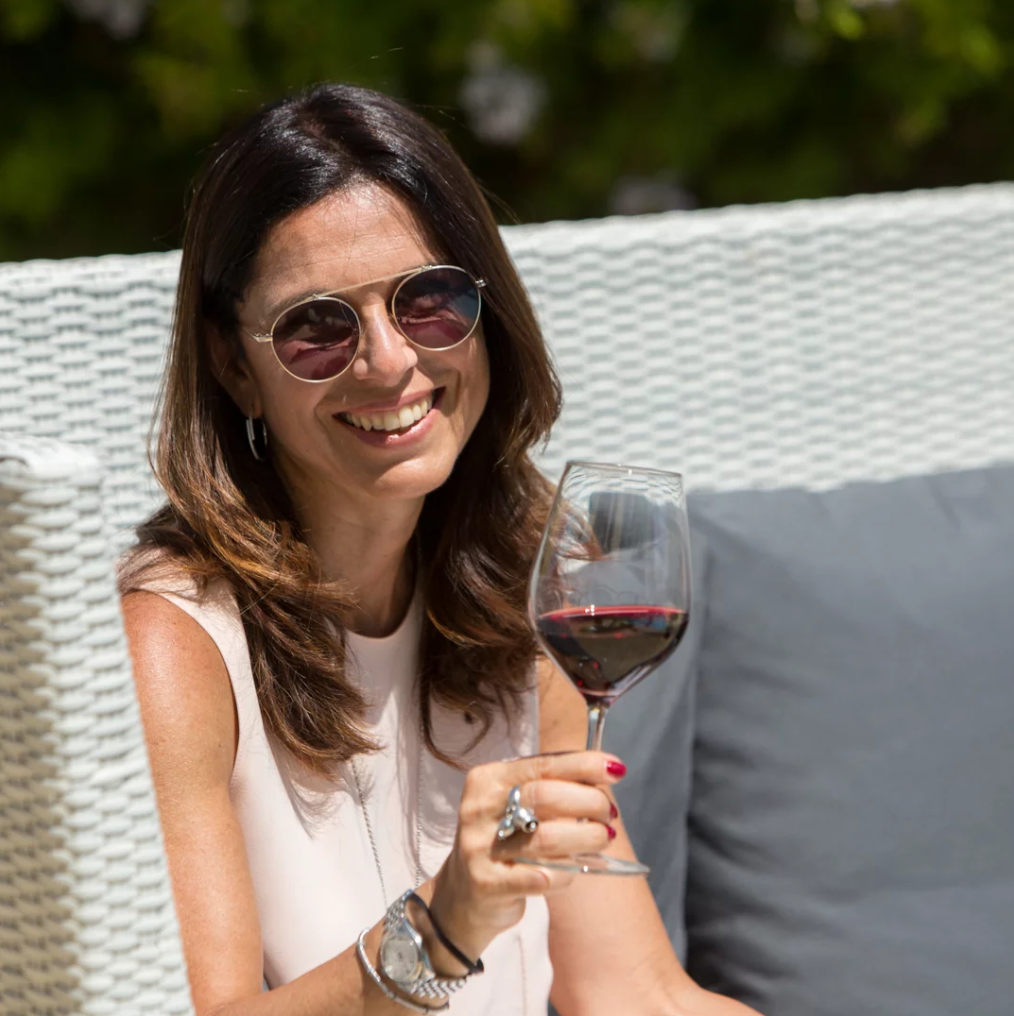
Lilly Fazio, Assovini Sicilia's vice president
A lighter Nero d'Avola
This is why Nero d’Avola, the flagship Sicilian grape variety that has helped introduce island winemaking to the world, has become the subject of an experiment involving both wineries and academia. Long interpreted with high concentrations and the use of wood, Nero d’Avola now enters a new season focusing on lightness. The research, initiated in April 2024, takes another step forward today. Assovini Sicilia has outlined three main objectives: "to reduce the alcohol content of wines made from Nero d’Avola through the production process, to differentiate the production by enhancing the varietal characteristics, and to estimate the biodiversity of the Nero d’Avola grape in the Sicilian territory." Four wineries are the "test subjects": Dimore di Giurfo in the province of Catania, Tenuta Rapitalà in the province of Palermo, Feudi del Pisciotto and Tenute Lombardo in the province of Caltanissetta.
The first objective, reducing alcohol (already announced by several Italian consortia, from Prosecco to Pinot Grigio), can be achieved using two different strategies. On one hand, through technologies such as reverse osmosis and vacuum evaporation, and on the other hand, through microbiological experimentation conducted exclusively in the University of Milan’s laboratories, and as stated in Assovini’s press release, "aimed at reducing the ethanol content of wines through controlled fermentations using yeast strains (including non-Saccharomyces species) with lower alcohol power."
Returning to terracotta amphorae
But the study doesn’t stop there. "The differentiation of production is an increasingly important aspect to meet the needs of stakeholders and consumers," explain Assovini. To respond to the evolving tastes, the association has decided to experiment with the use of new containers for aging, which are increasingly fashionable today. Thus, part of the research involves managing maceration and aging using terracotta amphorae of different porosities. Almost a paradox: the recovery of an ancient winemaking tool could offer significant potential to enhance the grape variety’s characteristics and project it into the future. Finally, the research will further investigate the biodiversity of the Nero d’Avola grape "considering the age of the vineyard and the territory, monitoring the composition of the grapes and the wine produced from them."
The study, carried out in partnership with the University of Milan and supported by the Regional Department of Agriculture, "helps to understand the world, improve the quality of life, promote sustainable production, and address global challenges. Investing in science means believing in solutions that we still don’t know, promoting a society better prepared for future generations," concludes Lilly Fazio, vice president of Assovini Sicilia.

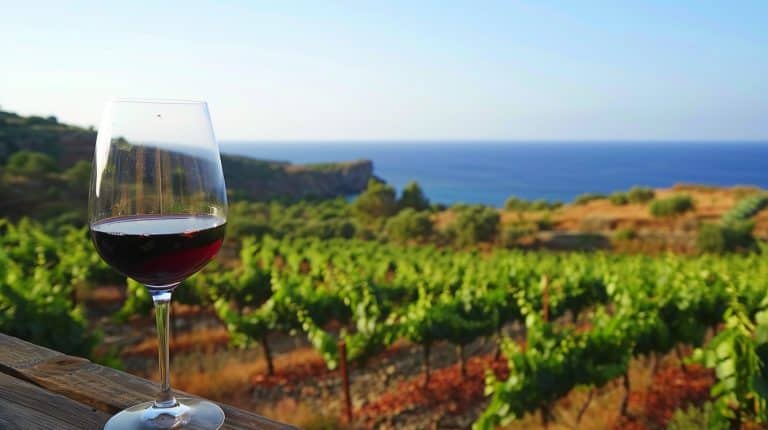
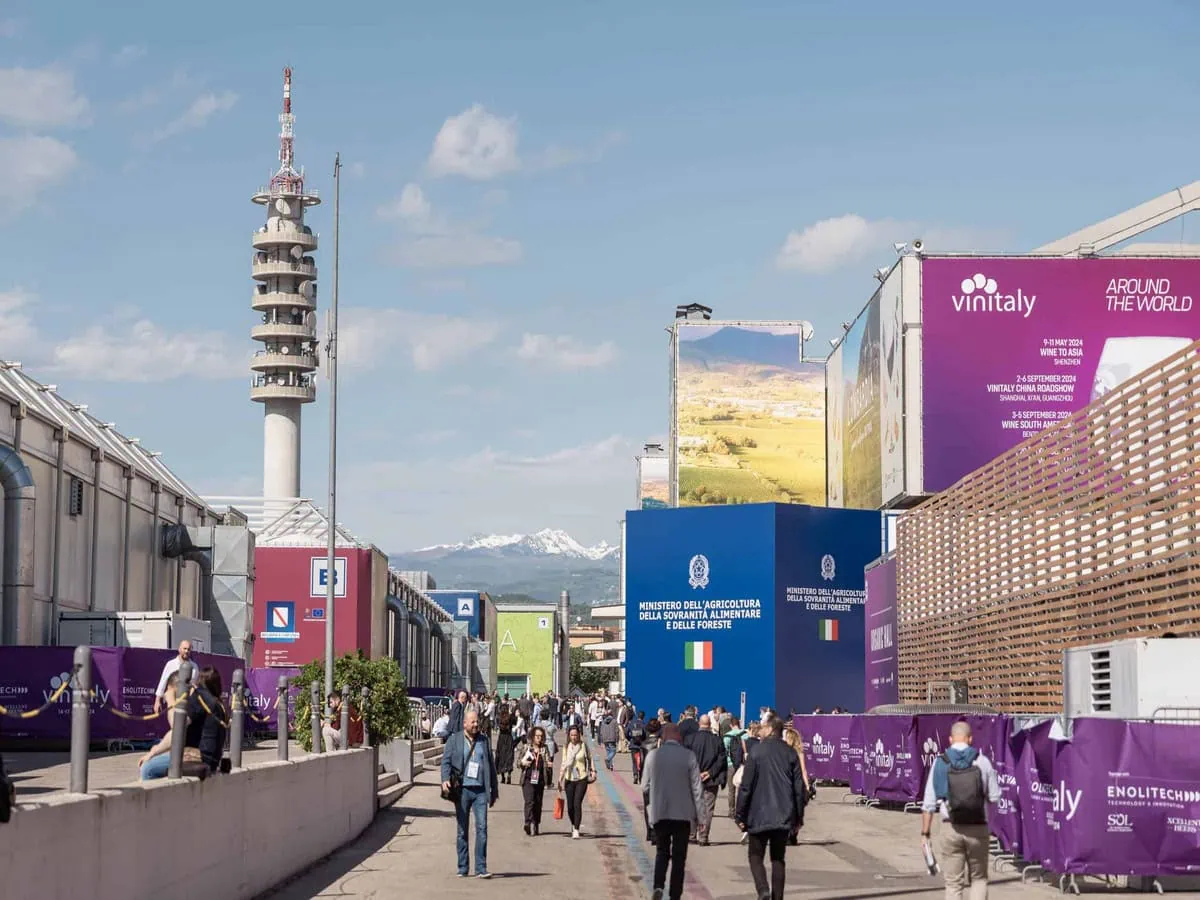 Veronafiere closes 2024 with its best-ever financial results and confirms Federico Bricolo as Chairman
Veronafiere closes 2024 with its best-ever financial results and confirms Federico Bricolo as Chairman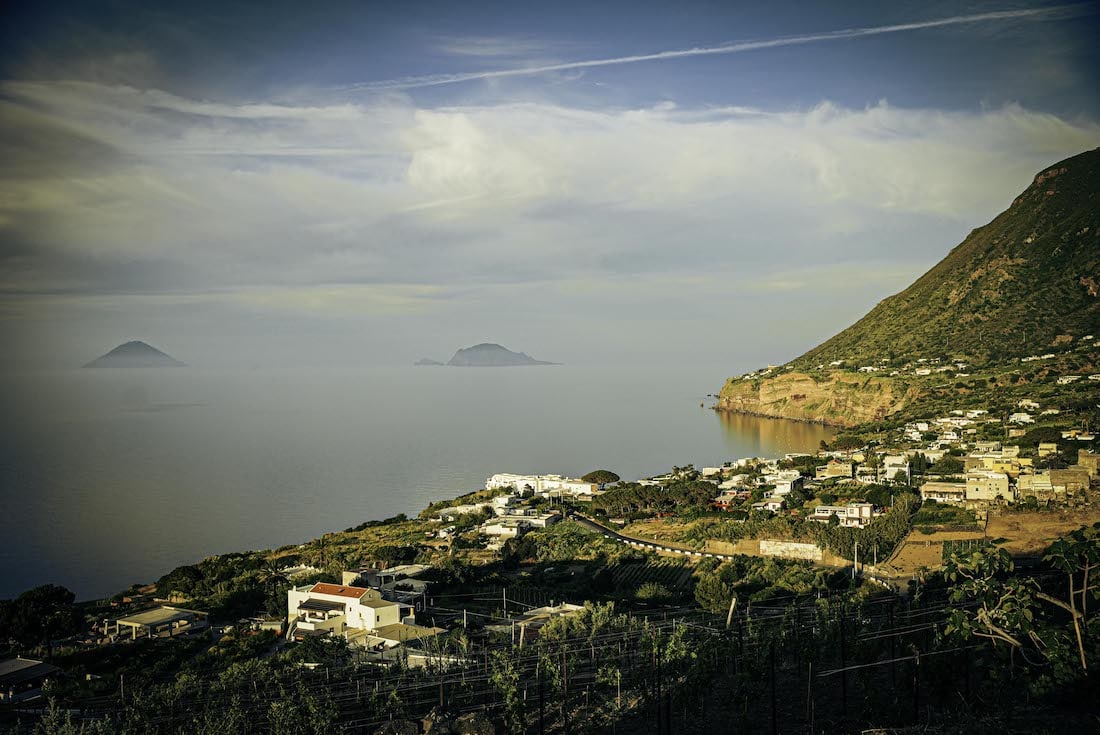 Not just Passito: it’s dry Malvasia driving the wine economy of the Aeolian Islands
Not just Passito: it’s dry Malvasia driving the wine economy of the Aeolian Islands In the United States, it’s Prosecco mania – despite Trump’s tariffs. And the credit goes to women
In the United States, it’s Prosecco mania – despite Trump’s tariffs. And the credit goes to women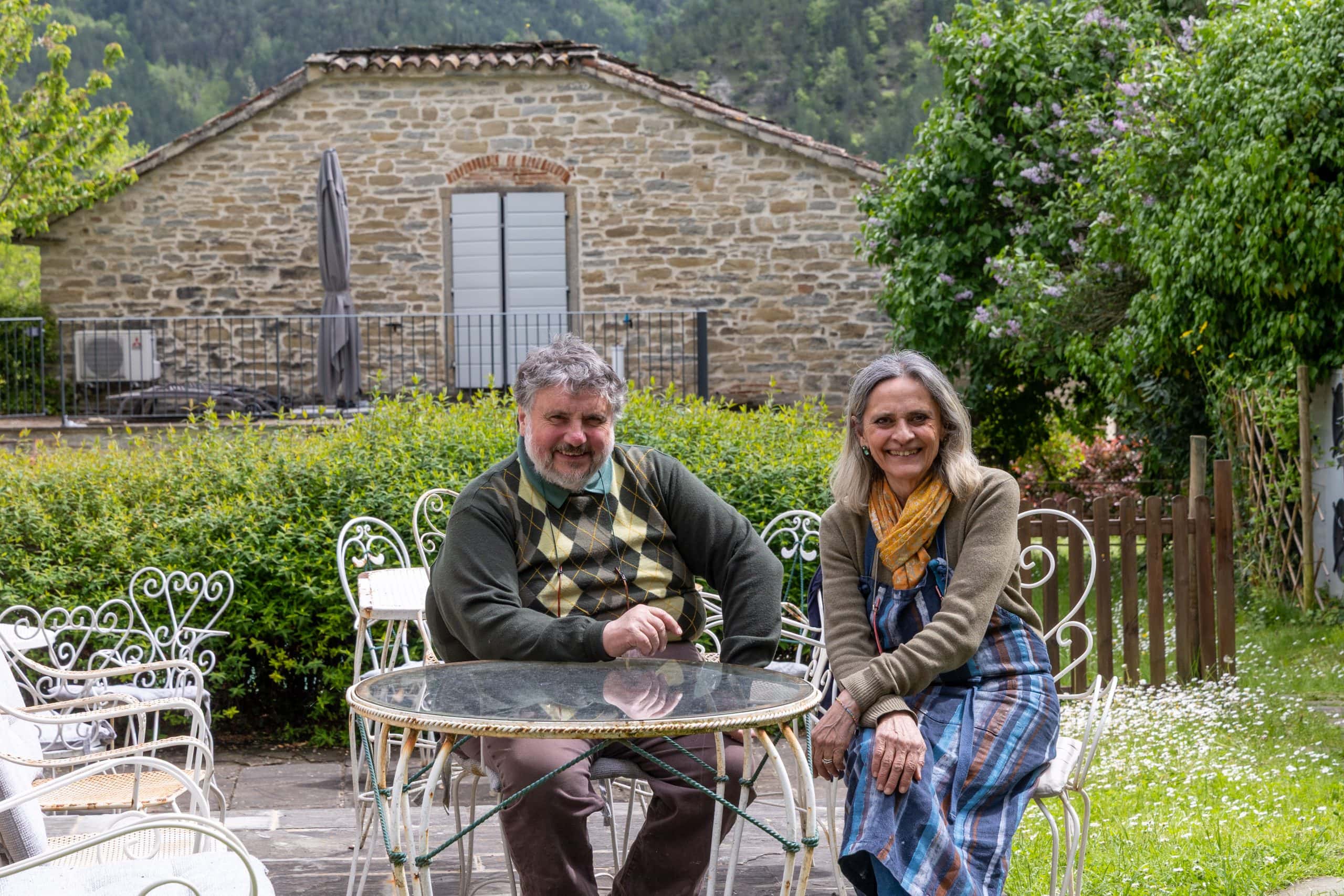 In Romagna, there's an osteria opened in an old rectory that has breathed life back into a depopulated village
In Romagna, there's an osteria opened in an old rectory that has breathed life back into a depopulated village Dining with the Cardinals: here’s what they eat during the Conclave
Dining with the Cardinals: here’s what they eat during the Conclave
